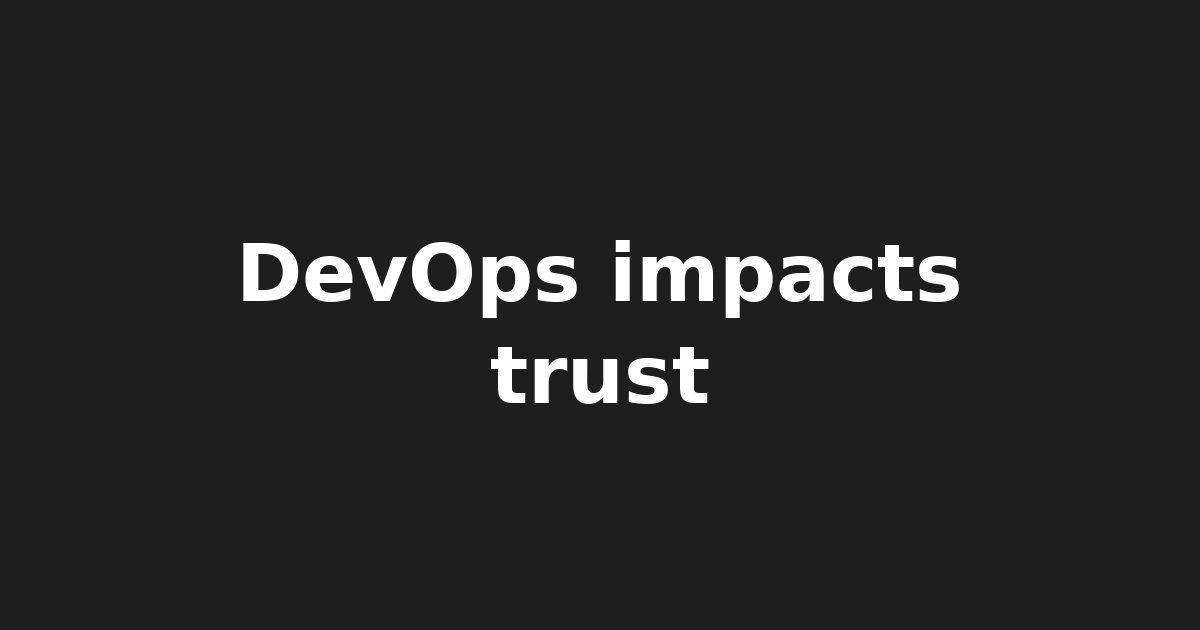Zero Trust Architecture: The DevOps Impact on Containerization Security

Zero Trust Architecture and its Impact on DevOps and Containerization
Introduction
With the increasing adoption of microservices architecture, containerization (e.g., Docker), and cloud-native applications, organizations are facing a new security challenge: ensuring that only authorized access to sensitive resources is granted. Zero Trust Architecture (ZTA) aims to prevent lateral movement in case of a breach by assuming never trust for all users and devices, both inside and outside the network.
Why ZTA Matters
Zero Trust Architecture is relevant to developers, Linux users, system administrators, and IT professionals due to its ability to provide secure access control, protect against lateral movement, and enhance overall security posture.
For Developers:
- Secure by Design: Developers need to understand how to incorporate Zero Trust principles into their development workflows, using tools like secrets management and secure configuration management.
- Containerization Security: As containers become more widespread, ZTA is essential for securing containerized applications, ensuring that only authorized access to sensitive resources is granted.
For Linux Users:
- Secure Configuration Management: Linux users need to understand how to implement secure configuration management practices using tools like Ansible, Puppet, or Chef, which can help enforce Zero Trust principles.
- Container Security: Linux users must ensure that containers are properly secured with access controls, network isolation, and other security measures.
For System Administrators:
- Identity and Access Management (IAM): System administrators need to understand how to implement IAM solutions that align with ZTA, ensuring proper authentication, authorization, and accounting for all users and devices.
- Network Segmentation: System administrators must design network segments that adhere to Zero Trust principles, using tools like firewall rules, VPNs, and access controls.
For IT Professionals:
- Risk-Based Access Control: IT professionals need to understand how to implement risk-based access control, which involves assessing the risk posed by users, devices, or applications before granting access.
- Continuous Monitoring and Auditing: IT professionals must develop strategies for continuous monitoring and auditing of Zero Trust architecture implementations to detect potential security breaches.
Popular Resources
For more information on this topic, you can refer to the following resources:
- OWASP's Zero Trust Architecture (ZTA) guide
- Docker's Secure Containerization best practices
- Red Hat's Zero Trust architecture guidance
- Forrester's report: Zero Trust: A New Strategy for Cybersecurity
- The Cybersecurity and Infrastructure Security Agency (CISA)'s Zero Trust webpage
Conclusion
Zero Trust Architecture is a crucial security strategy that organizations should consider implementing to improve their overall security posture. By understanding the benefits of ZTA, developers, Linux users, system administrators, and IT professionals can contribute to the implementation and success of this approach.
In conclusion, as the threat landscape continues to evolve, it's essential for organizations to adopt a Zero Trust Architecture to ensure that only authorized access is granted to sensitive resources. With its ability to provide secure access control and protect against lateral movement, ZTA is an effective strategy for improving overall security posture.
References
- OWASP (2025). OWASP Zero Trust Architecture
- Docker (2025). Docker Secure Containerization Best Practices
- Red Hat (2025). Red Hat Zero Trust Architecture Guidance
- Forrester (2025). Zero Trust: A New Strategy for Cybersecurity
